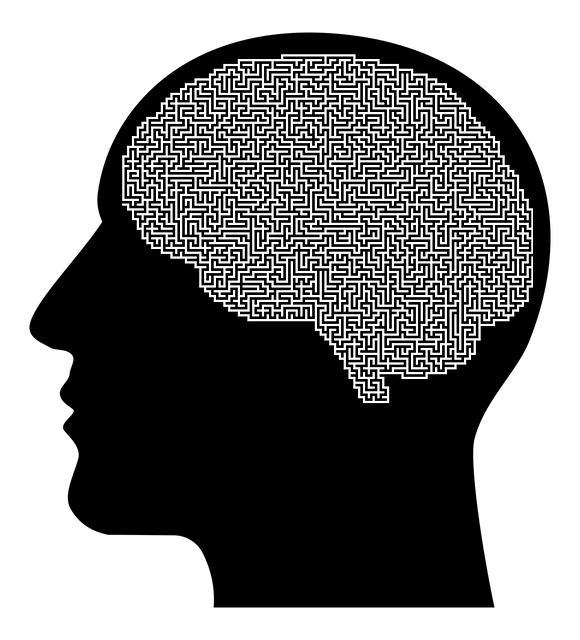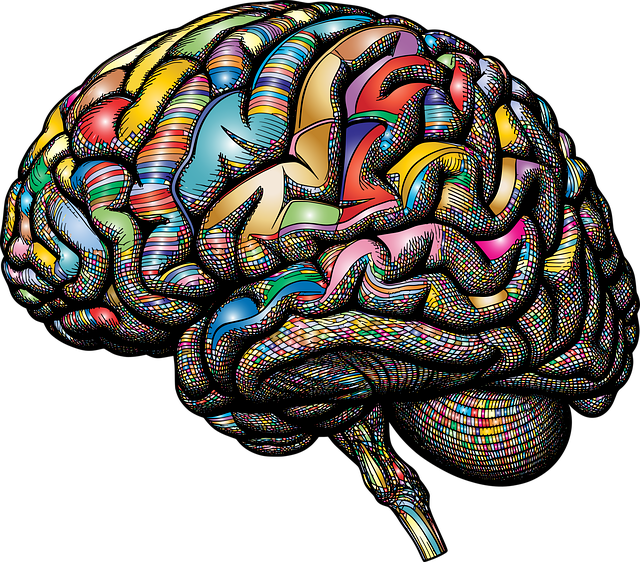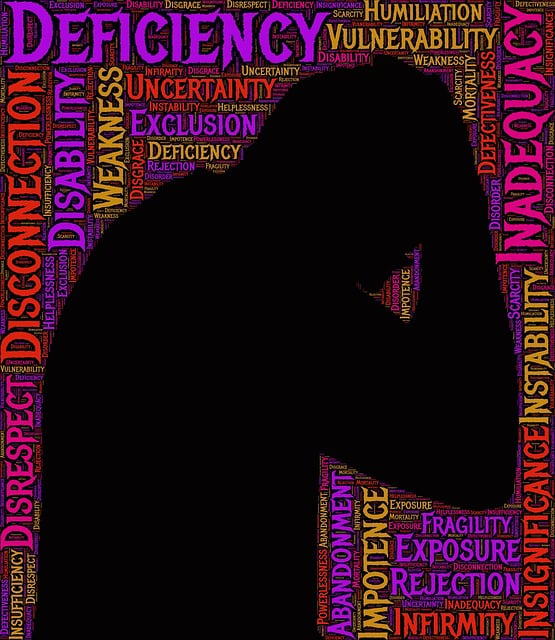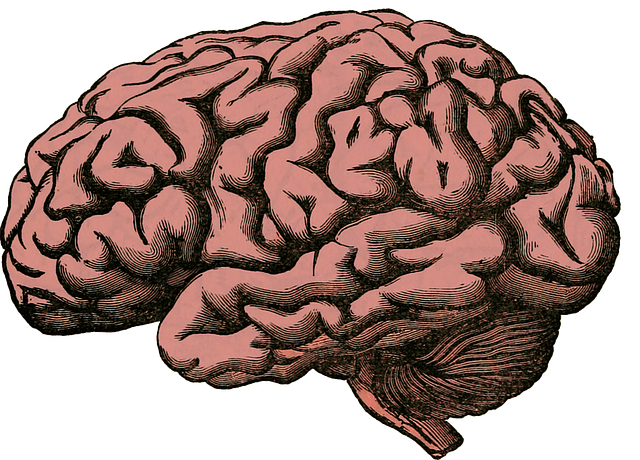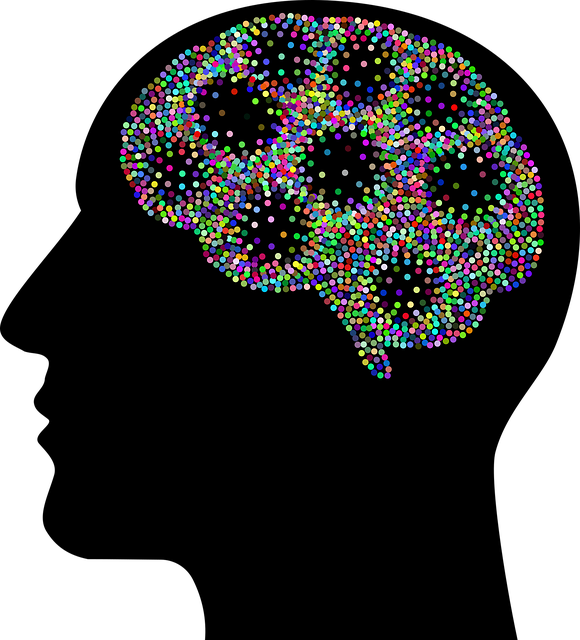Evaluating mental wellness programs like Golden Terminal Illness Therapy combines quantitative metrics (attendance rates, completion) with qualitative surveys from participants. Metrics track key performance indicators (KPIs) such as symptom changes and self-care adoption, while surveys gauge satisfaction, usability of taught techniques, and improvements in mental wellness. This dual approach enables a holistic understanding, informing program adjustments for better service delivery to those seeking support.
Mental wellness programs are essential components of modern healthcare, aiming to improve participants’ overall well-being. This article explores various evaluation methods to assess the impact and effectiveness of such programs. We delve into quantitative techniques, such as defining Key Performance Indicators (KPIs) and administering surveys, to qualitative approaches like interviews and focus groups. Additionally, we highlight the value of longitudinal studies in tracking progress over time, providing a comprehensive framework for evaluating mental wellness initiatives, including innovative treatments like Golden Terminal Illness Therapy.
- Assessing Program Impact: Metrics and Surveys
- – Defining Key Performance Indicators (KPIs) for mental wellness programs
- – Developing and administering survey tools to gauge participant experiences and outcomes
Assessing Program Impact: Metrics and Surveys

Evaluating the impact of mental wellness programs is a crucial step in ensuring their effectiveness and long-term success, especially when addressing complex issues like Golden Terminal Illness Therapy. Metrics play a significant role in this process by providing tangible data on various aspects of program performance. These can include participant attendance rates, completion numbers, and adherence to therapy protocols. By analyzing these metrics, researchers and practitioners gain insights into the reach and engagement of the program, identifying areas that may require adjustments or further development.
Surveys are another powerful tool for assessing program impact. They allow participants to share their subjective experiences and perceptions, offering valuable qualitative data. Well-designed surveys can capture feedback on the overall satisfaction with the program, the usability of conflict resolution techniques taught, such as those in Crisis Intervention Guidance, and improvements noticed in their mental wellness journey. This qualitative information complements quantitative metrics, providing a holistic view of the program’s impact and informing future iterations to better serve those seeking support for their mental health.
– Defining Key Performance Indicators (KPIs) for mental wellness programs

Evaluating mental wellness programs requires a strategic approach, and one of the fundamental aspects is establishing Key Performance Indicators (KPIs). These KPIs serve as measurable benchmarks to assess the success and impact of various interventions aimed at improving mental health. When designing KPIs, it’s essential to go beyond traditional metrics and delve into specific, relevant outcomes. For instance, for a program focused on Golden Terminal Illness Therapy, KPIs might include changes in patient symptoms, such as reduced anxiety or depression scores measured through standardized questionnaires. Additionally, tracking the adoption of self-care practices among participants can be a valuable indicator; this could involve logging the frequency and types of activities like meditation, exercise, or journaling.
Moreover, considering the broader impact on individuals’ lives is crucial. Metrics related to enhanced positive thinking, increased resilience, or improved overall quality of life can provide insights into the program’s effectiveness. For example, a mental wellness podcast series production might measure listener engagement and satisfaction, as well as its influence on participants’ mental wellness journeys. By defining clear KPIs, programs can better understand their contributions to the complex landscape of mental wellness support, ensuring continuous improvement and positive outcomes for those seeking assistance.
– Developing and administering survey tools to gauge participant experiences and outcomes

Evaluating a mental wellness program requires robust tools to measure participant experiences and outcomes. One effective method is developing customized survey instruments tailored to the specific goals and activities of the program, such as Golden Terminal Illness Therapy workshops. These surveys should cover various aspects, including self-reported changes in symptoms, improvements in self-esteem, and gains made in stress management techniques. Well-designed questions can help uncover qualitative insights into participants’ journeys, providing valuable feedback for enhancing future sessions.
Organizing these survey efforts involves careful planning and distribution strategies. The administration process should ensure anonymity to encourage honest responses. Additionally, offering multiple formats like online or paper surveys accommodates different preferences. By analyzing the data collected, Mental Wellness organizations can gain significant insights into the program’s effectiveness, identify areas for improvement, and ultimately enhance the overall experience, fostering better Self-Esteem Improvement and Stress Management within their workshops.
Evaluating mental wellness programs, such as Golden Terminal Illness Therapy, is crucial for understanding their impact and refining their approach. By defining key performance indicators (KPIs) and utilizing survey tools, we can gain valuable insights into participant experiences and outcomes. This data enables us to measure the success of these programs, identify areas for improvement, and ultimately enhance the well-being of those seeking support. Through a comprehensive evaluation process, we can ensure that mental wellness initiatives are effective, adaptive, and aligned with the diverse needs of their participants.
